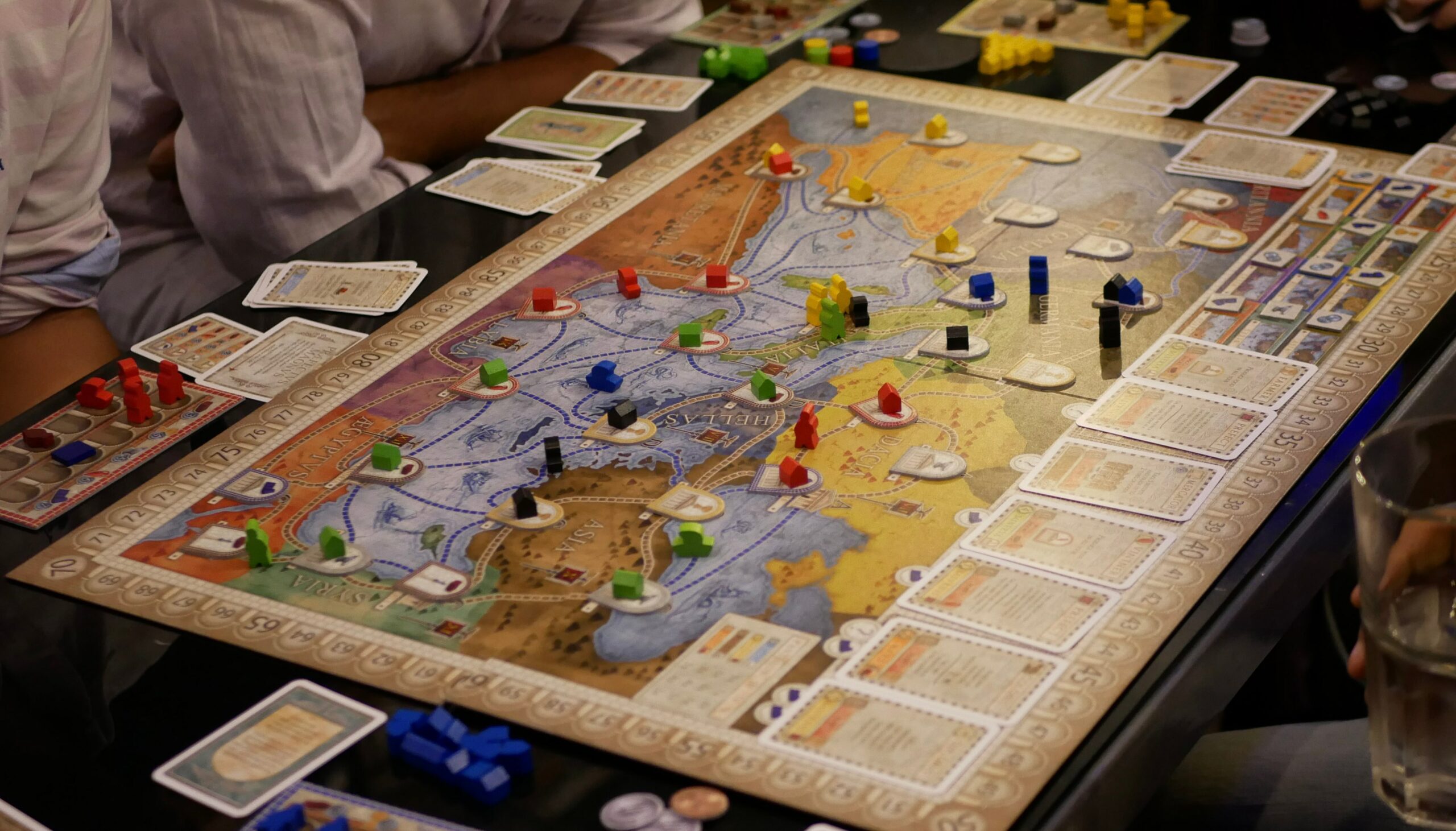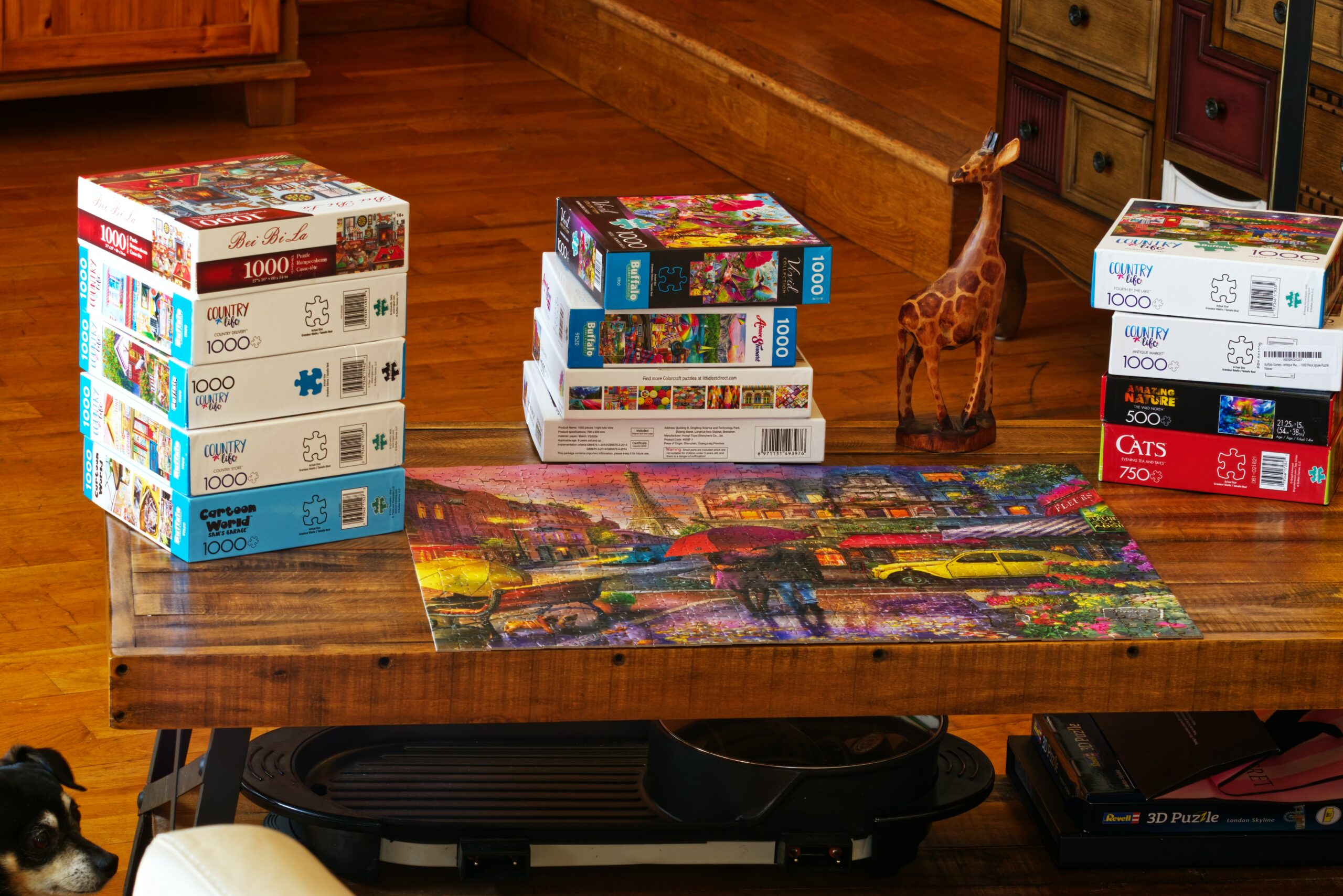Step back in time and experience the joy of nostalgia as we delve into the world of popular 80s board games. The 1980s were a remarkable decade that gave birth to numerous classic board games that have left an indelible mark on the hearts of millions. From family gatherings to sleepovers with friends, these games provided endless hours of entertainment, laughter, and bonding.
In this article, we will take a trip down memory lane to rediscover these beloved games, explore their enduring appeal, and understand how they continue to charm both young and old alike. So, dust off your favorite game board, gather your loved ones, and get ready to embark on a journey filled with fun and excitement!
What were the most popular board games of the 80s?
The 1980s witnessed the rise of several board games that became instant classics and continue to be cherished even today. Games like “Monopoly” were already well-established, but the 80s introduced us to the delightful “Scrabble,” where players put their vocabulary skills to the test. “Trivial Pursuit” became a sensation, challenging players with questions across various categories.
“Pictionary” brought out the artist in everyone, while “Clue” immersed players in intriguing mysteries to solve. The 80s also saw the emergence of “Risk,” a strategic conquest game, and “Candy Land,” a whimsical adventure perfect for young players. These games captured the imagination of people across generations and laid the foundation for a new era of board gaming.
Are 80s board games still enjoyable today?
Absolutely! One of the remarkable aspects of 80s board games is their timeless appeal. Many of these games have retained their charm and continue to be widely played even in the digital age. Classic games like “Monopoly” and “Scrabble” are still family favorites, bringing loved ones together for friendly competition.
“Trivial Pursuit“ remains a go-to game for testing knowledge and sparking engaging discussions. The simplicity and excitement of “Candy Land” continue to captivate young children. Thanks to their enduring appeal, these games have transcended generations and are often considered must-haves in any board game collection.
How did 80s board games capture the spirit of the era?
The 80s were a decade marked by vibrant colors, bold designs, and an explosion of creativity. Board games of this era embraced the cultural trends and styles of the time, with eye-catching artwork and innovative gameplay. Themes and aesthetics were carefully curated to resonate with the prevalent pop culture and movie themes.
Games like “Trivial Pursuit” tapped into the trivia craze, while “Clue” brought the allure of mystery-solving to the living room. Additionally, the popularity of video games also influenced board games, giving rise to games that featured electronic components, creating an exciting blend of analog and digital entertainment.
Did 80s board games influence modern game designs?
Definitely! The impact of 80s board games on the board gaming industry is profound. Many game mechanics and concepts that emerged in the 80s have shaped modern board game design. For instance, the legacy concept, where the game evolves and changes over time based on players’ choices, was first introduced in the 80s game “Risk: Legacy.”
Additionally, cooperative play, where players work together towards a common goal, gained popularity in games like “Pandemic,” drawing inspiration from 80s titles like “Shadows over Camelot.” The idea of using trivia questions to advance in a game can be traced back to “Trivial Pursuit,” which laid the groundwork for trivia-based board games that followed. The innovative spirit and engaging gameplay of 80s board games continue to influence and inspire game designers to this day.

Which classic 80s board games are worth collecting?
If you’re an avid board game collector or simply want to relive the magic of the 80s, there are several classic board games from that era that are highly sought after. “HeroQuest,” a fantasy adventure game, is considered a gem among collectors due to its unique components and immersive gameplay. “Fireball Island” is another highly coveted game known for its three-dimensional board and thrilling marble-rolling action.
“Dark Tower,” a game featuring an electronic tower that provided a captivating gaming experience, is a rare and prized addition to any collection. Other notable titles include “Axis & Allies,” an epic war strategy game, and “Talisman,” a fantasy quest game. These games not only hold nostalgic value but also offer an engaging and distinctive gaming experience.
How did technology impact 80s board games?
The 80s was a period of technological advancements that gradually made their way into board game design. Electronic components began to find their place in board games, adding a new level of excitement and interactivity. Games like “Dark Tower” featured electronic devices that enhanced gameplay, while electronic talking versions of popular games like “Simon” and “Battleship” became a hit. However, despite these technological innovations, the charm of traditional board games persisted, and most games continued to rely on analog mechanics and human interaction, maintaining the social aspect that board games are renowned for.
Are there any rare or hard-to-find 80s board games?
Certainly! Over time, certain 80s board games have become rare and sought after by collectors due to limited production runs or discontinued availability. Games like “Fireball Island” and “Dark Tower” are highly sought after and can command premium prices in the collector’s market.
Other hard-to-find games include “Crossbows and Catapults,” a tabletop war game featuring miniature catapults, and “Heroscape,” a tactical miniatures game with customizable terrain. These rare gems not only hold value as collector’s items but also provide a unique and memorable gaming experience for those lucky enough to acquire them.
What made 80s board games so memorable?

The 80s were a golden age for board games, and their enduring popularity can be attributed to several factors. First and foremost, the games themselves were well-crafted, combining engaging gameplay mechanics with imaginative themes.
The nostalgia factor plays a significant role, as these games hold cherished memories for those who grew up playing them. Moreover, the social aspect of 80s board games, where friends and family gathered around a table, created lasting bonds and shared experiences. The creativity, innovation, and pure fun of these games ensured their place in the hearts of players, making them truly memorable.
Did 80s board games promote social interaction?
Absolutely! 80s board games were a catalyst for social interaction, providing a platform for friends and family to come together and enjoy shared experiences. Whether it was the negotiation and deal-making in “Monopoly,” the collaborative teamwork in “Pandemic,” or the lively discussions sparked by trivia questions in “Trivial Pursuit,” these games encouraged communication, cooperation, and friendly competition. They fostered face-to-face interactions, allowing players to develop social skills, practice sportsmanship, and create lasting memories in an era before digital distractions became prevalent.
| Game | Genre | Player Count |
|---|---|---|
| Monopoly | Strategy | 2-6 players |
| Scrabble | Word | 2-4 players |
| Trivial Pursuit | Trivia | 2-6 players |
| Pictionary | Art/Drawing | 3-16 players |
| Clue | Mystery | 2-6 players |
What made the artwork and design of 80s board games stand out?
The artwork and design of 80s board games were bold, vibrant, and full of personality. These games often featured eye-catching illustrations and attention-grabbing graphics that captured the essence of the era. The box covers showcased dynamic characters, exciting scenes, and intricate details that instantly drew players in.
The game boards themselves were often colorful and visually appealing, transporting players to imaginative worlds. The combination of captivating artwork and thoughtful design created an immersive experience that enhanced the enjoyment and immersion of playing these games.
Did licensed properties influence 80s board games?
Absolutely! The 80s witnessed a surge in board games based on popular licensed properties from movies, TV shows, and other forms of entertainment. Games like “Ghostbusters,” “Star Wars,” and “Teenage Mutant Ninja Turtles” capitalized on the popularity of these franchises and allowed fans to engage with their favorite characters and storylines in a new way. These licensed games not only tapped into the existing fanbase but also introduced new players to the world of board gaming through the familiarity and appeal of beloved properties.
Are there any modern adaptations of 80s board games?

Yes, there have been modern adaptations of several 80s board games, catering to both fans of the originals and new audiences. Publishers have released updated versions of classics like “Fireball Island” and “HeroQuest,” incorporating modern design elements while preserving the essence of the original games.
Additionally, some games have received reimagined versions, offering fresh gameplay mechanics and updated visuals while maintaining the nostalgic feel. These adaptations provide an opportunity for both newcomers and long-time fans to experience the magic of these beloved games in a contemporary context.
Given These Points
Revisiting the popular 80s board games is a journey that stirs up fond memories and invites us to relive the excitement and joy of our youth. These timeless classics continue to captivate players of all ages, with their engaging gameplay, memorable themes, and enduring appeal.
Whether you’re an enthusiast seeking to expand your board game collection or a newcomer eager to discover the magic of these games for the first time, the nostalgic fun of 80s board games is sure to leave a lasting impression. So, gather your friends, clear the table, and let the dice roll as you embark on a thrilling adventure into the past with these iconic games. It’s time to rediscover the joy of gaming that transcends generations.